 Joey and Randy Schoenberg in the Vienna City Archives
Joey and Randy Schoenberg in the Vienna City Archives Like many in my profession, I was prejudiced against genealogy, believing that genealogists were consumers of archives rather than producers of knowledge. Two experiences persuaded me how wrong I was.
Last year, my wife’s family held a family reunion uniting the disparate branches of the Kovalarchik family of Babruysk in Belarus as three of the four branches of the 20th century family came together for the first time. Their collective experience traversed modern Jewish history: Pogroms, the great wave of immigration to the United States, the Holocaust, the Great Patriotic War, the Soviet Jewry movement, Zionism and the resettlement of Jews in Germany, all within a bit more than a century. They were liberators of Berlin, astrophysicists working on the space program, combat pilots, high tech moguls, engineers and pioneering women entrepreneurs, as well as merchants and lawyers, all descendants of a blacksmith and his two brothers. They are still searching for the offspring of the fourth sibling.
The errors of my way were further confirmed by the moving documentary “Fioretta,” the story of Randol and Joey Schoenberg’s journey to Vienna, Prague and Venice as they trace both sides of their family’s history way back into the 16th century.
Randol Schoenberg, who was celebrated for his victory in the recovery of the Klimt painting “Woman in Gold” to the family of its original owner in a case that went to the Supreme Court, and even greater acclaim in the Helen Mirren film of the same name, is well known in genealogical circles. Having begun his illustrious career as a young child assigned to produce a family tree, he interviewed relatives and created an elaborate family tree, only one part of which dealt with his world-famous grandfather, the great composer Arnold Schoenberg. He has been working on elongating that family tree ever since, now aided by the internet, the opening of archives behind the former Iron Curtain and the dedication of a worldwide network of individuals, in many European cities, working to recovering the records and the presence of their destroyed Jewish communities.
Randol — or Randy as he is routinely called — sets off on a journey with his youngest son Joey from Malibu to trace his family roots. Like many passionate fathers who are completely — dare we say obsessively — committed to their work, Randy wants to share that passion with his children. He knows that sons and daughters often view that passion, which has taken their parent away from their home and robbed them of precious family time, with skepticism. Joey is no exception. He is along for the ride, enjoying the many pleasures of Europe and the long stretches of uninterrupted time with his father, yet can’t quite grasp – at least at the beginning – why anyone would be interested in uncovering generation after generation of relatives. He is uncertain what’s in it for him and provides levity in “Fioretta.” He serves as the surrogate for the audience. If he can be persuaded, so can the audience. As he is touched so are they.
Randy’s journey into his past invites not only his son but the audience to pursue their past and to discover the multitude of factors that lead to their place in the world.
Not everyone has a world-class grandfather whose name is known in musical circles across the globe, so one imagines that Arnold Schoenberg would be the centerpiece of the film. The film begins in Vienna, the city Arnold and his wife were forced to leave both because he was a Jew and because of the disruptive creativity of his music, but it quickly pivots to earlier generations. One sees the stuff of genealogy, the archival records of seemingly mundane elements of life, birth and death, taxes and deeds, purchases of property, disputes of law, even honored seats in the synagogue. We all leave written records behind, the imprint of the life we have led. The Schoenbergs visit cemeteries where their ancestors are buried and whose tombstones tell a story. Sadly, in many Los Angeles-area cemeteries tombstones only provide names, dates of birth and death and barely another line on information.
Yet visiting Jewish cemeteries in Europe is no easy task. Many were destroyed by the Nazis. Those not destroyed then, were often overgrown and ignored because there was no living Jewish community to tend to them or because cities wanted to use the space for development, and Jewish protests, however vigorous, were ignored.
Yet tombstones are a remnant that provide vital information. And there are heroes throughout Europe who are committed to preserving these cemeteries, restoring the tombstones, and recording the vital information that they contain. Some are Jews, often the last remnant of their ever-shrinking community, and some are non-Jews determined to grapple with the dual burden of Jewish memory in Europe – the absence of presence, the presence of absence.
We meet these heroes and are humbled by them. An example: We encounter one woman who moved into her new apartment and was offended by a neighbor who bragged that now the apartment house was Judenrein, without Jews. She demurs. Her response is to research the Jewish history of her apartment house and from there the Jewish history of her block. She then helped created a moving memorial of keys and the addresses of those Jews who were expelled from Vienna or were deported to concentration and death camps. One-third of the Jews on her block were murdered, one-third received visas and lived in exile, and of the final third, no trace could be found but not for want of trying.
David Myers, in his “Jewish History” (in the Oxford University Press’ “Very Short Introduction” series), attributed Jewish survival to mobility and adaptability. Randy’s European family is a case in point, moving from country to country, from city to city as conditions changed, as opportunity beckoned and Jews were unwanted or expelled. It is remarkable how many had portable professions. Arnold was a musician who could easily move along with his fellow emigres from Vienna to Hollywood because music is an international language. So too was medicine and tombstone after tombstone records that many doctors were among Randy and Joey’s ancestors. Joey is a chef. His talents are certainly portable as people will always need to eat.
And we meet the custodians of documents, archivists who are proud of their records, ever prouder to show these records to all who are interested. In Randy, they have a most interested and informed visitor, which only brings out the best in them.
People die twice, Rabbi Nolan Lebovitz tells Randy’s son, once when they die physically and again when their memory is no longer invoked. In his relentless pursuit of family records, Randy goes back to the 16th century, rescuing from oblivion those ancestors in his past, invoking their memory, returning them to life, albeit for a moment. He walks the streets they walked, visits the synagogues where they prayed and meets along the way their descendants who convey — as my wife’s relatives did — the human story behind the records. He meets relatives in the flesh, celebrating their common ancestry and their uncommon journeys through life. He sees relatives’ names on walls in synagogues and on memorials; he touches elements of his past and finds many traces.
Ever the skeptic — what 18-year-old doesn’t want to make fun of his prominent father? — Joey feels a link back in time, gaining a sense of roots and of a past that a future-oriented California teenager who lives in the here and now and is concerned primarily with his own future, can seldom find.
Randy’s journey into his past invites not only his son but the audience to pursue their past and to discover the multitude of factors that lead to their place in the world.
“Fioretta” will be showing at the Laemmle Royal and Laemmle Town Center beginning December 1st. For tickets: https://www.laemmle.com/film/fioretta
Michael Berenbaum is director of the Sigi Ziering Institute and a professor of Jewish Studies at American Jewish University.
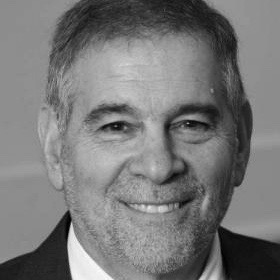






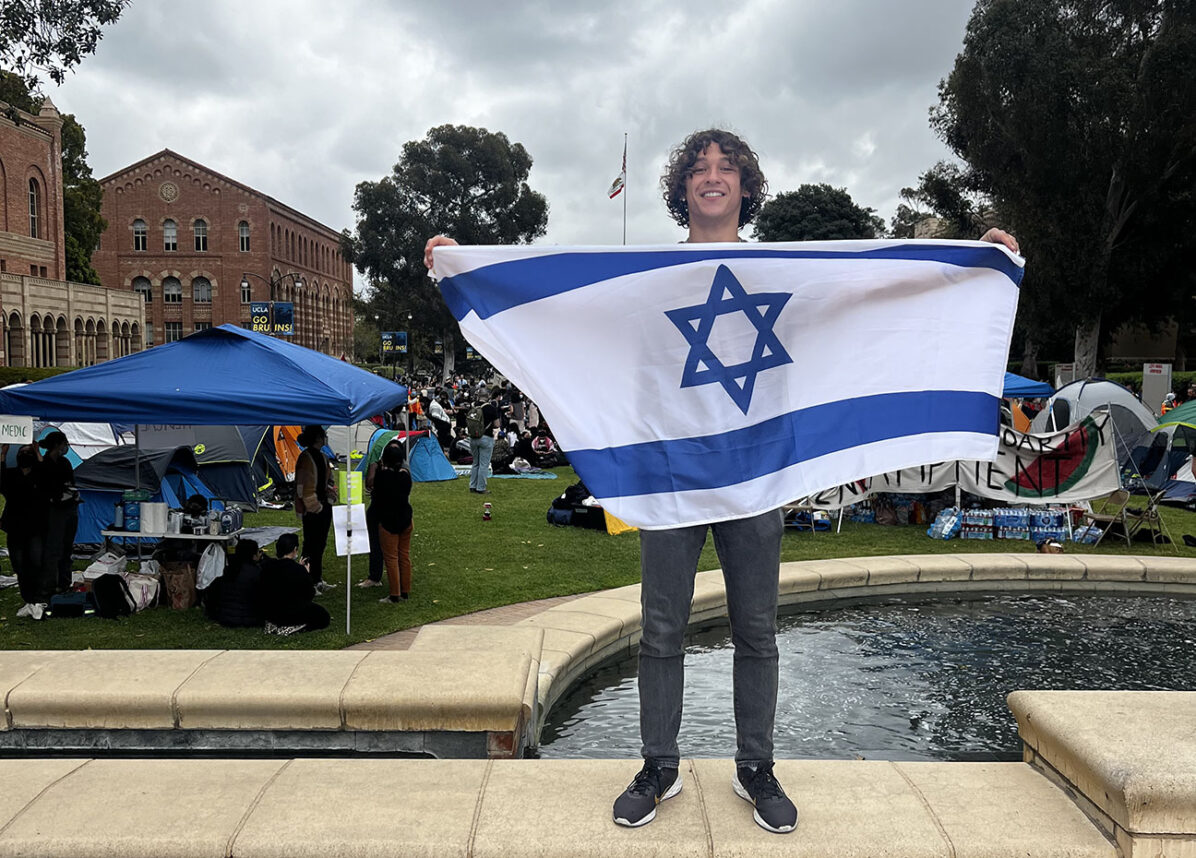
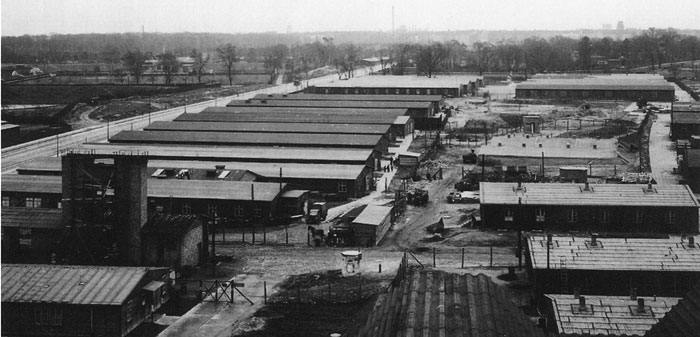
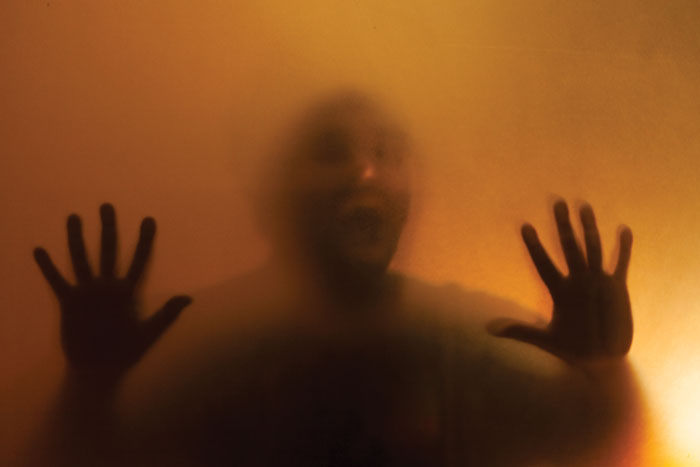
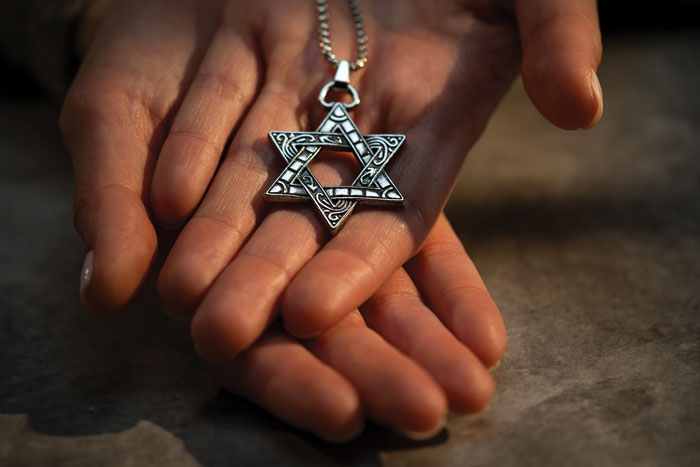

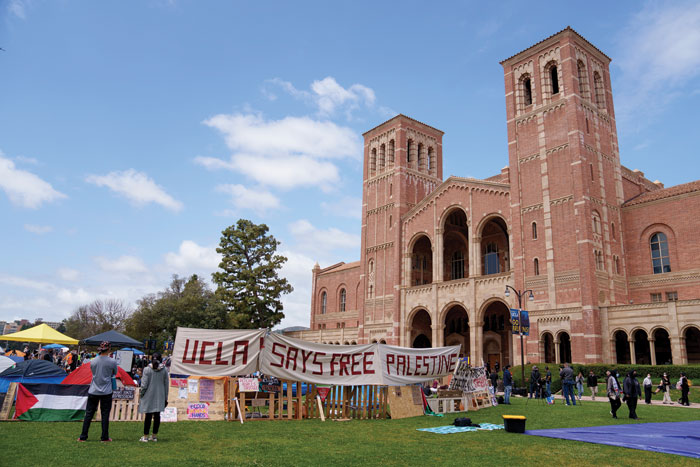


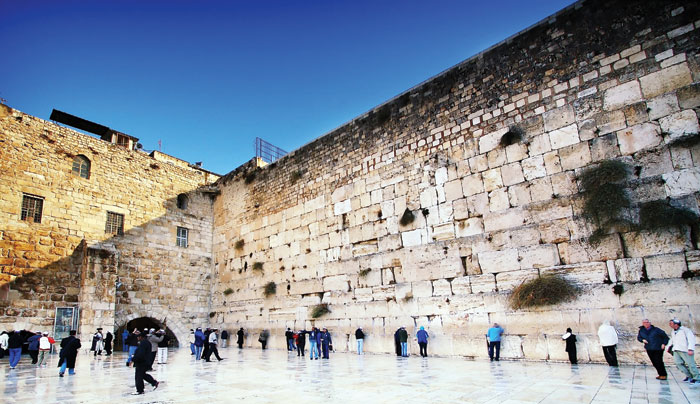
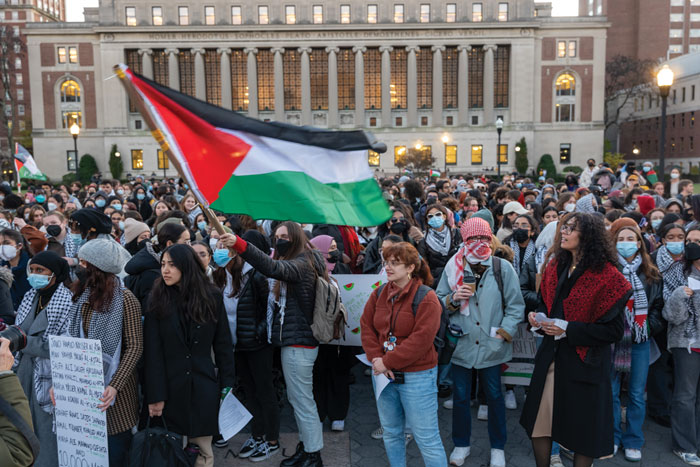
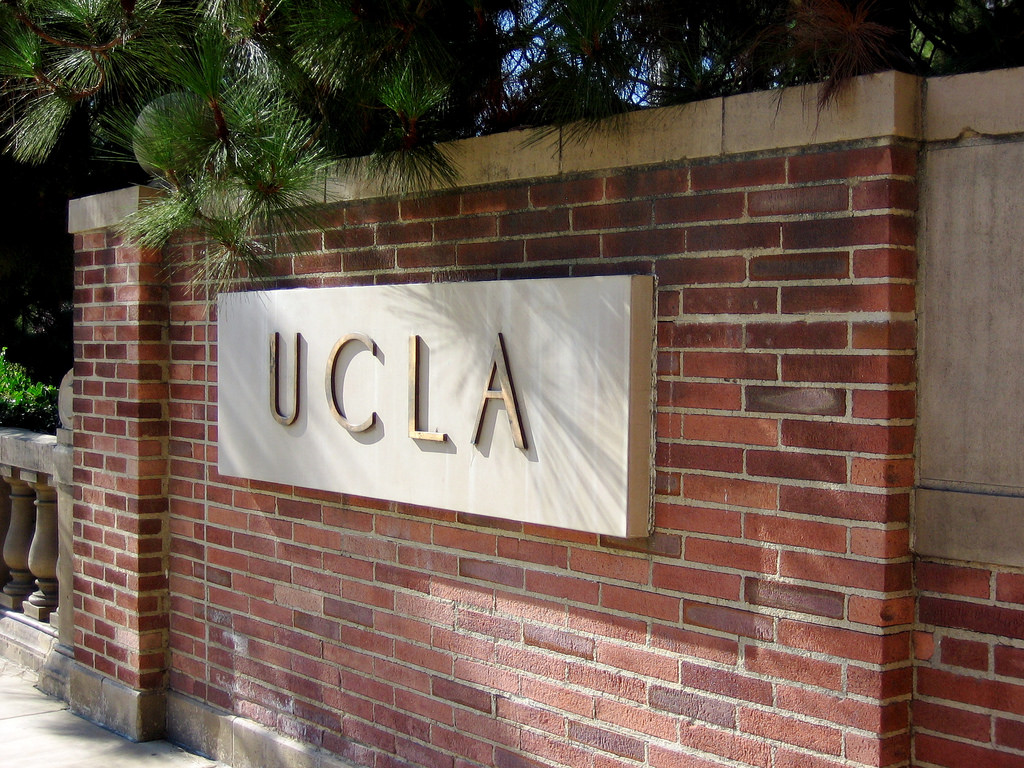





 More news and opinions than at a Shabbat dinner, right in your inbox.
More news and opinions than at a Shabbat dinner, right in your inbox.